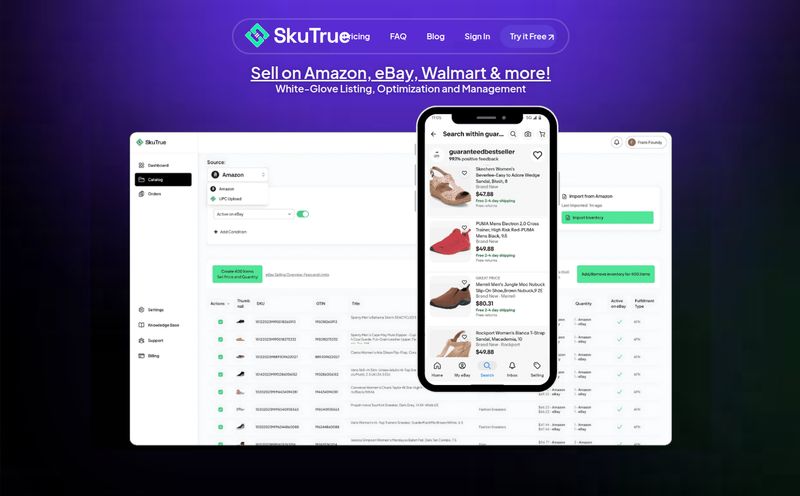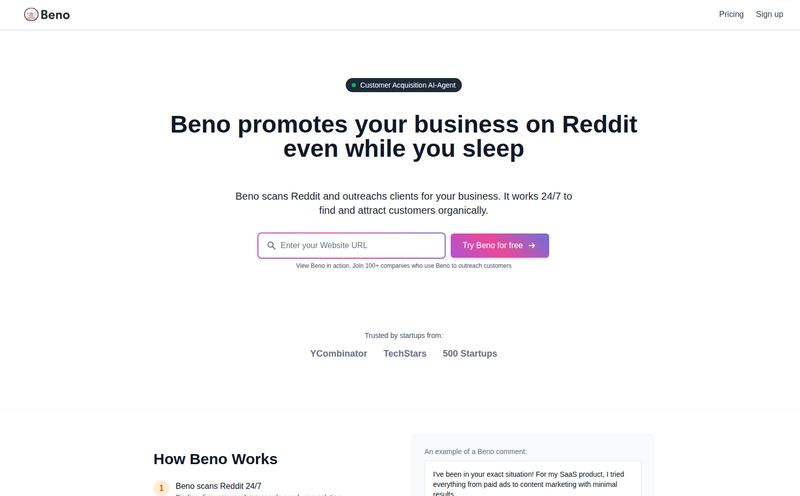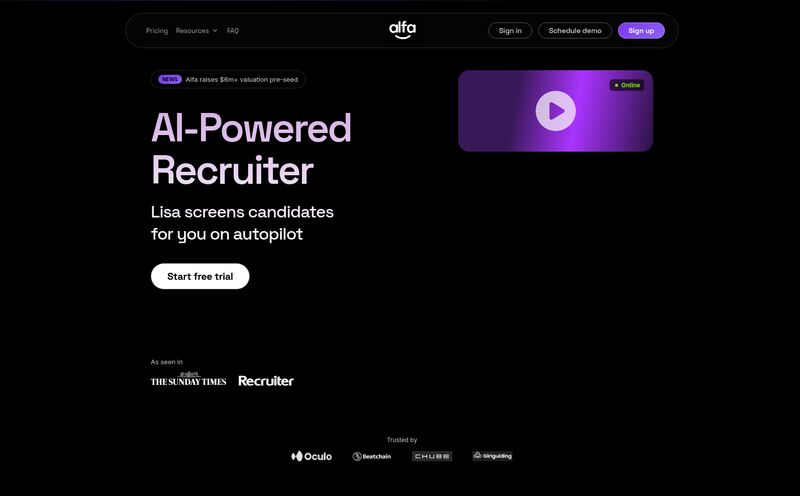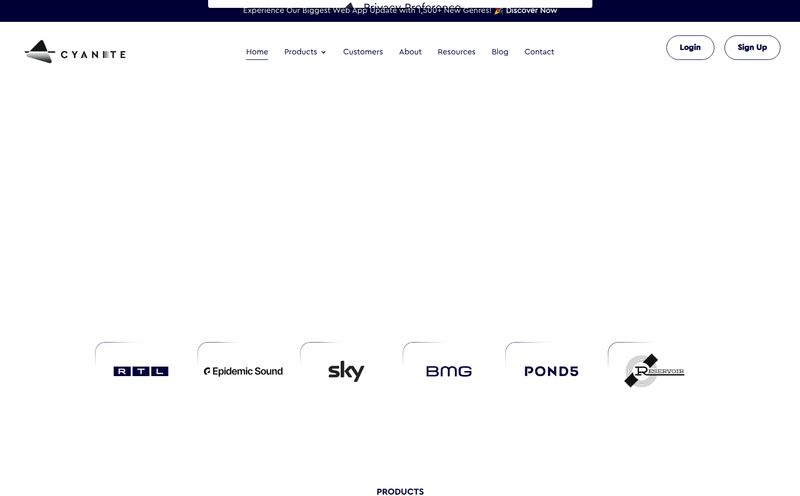If you've ever been in the government contracting space, you know the grind. It’s a special kind of headache. You spend hours, no, days, sifting through portals like SAM.gov, which, bless its heart, feels like it was designed in 1998. You're hunting for that one perfect opportunity, the one that fits your company's capabilities like a glove. It's like panning for gold in a murky, unpredictable river. You know there’s gold in there, but you’ll probably end up with a boot full of mud and a sore back before you find a nugget.
I’ve lost entire weekends to 200-page RFPs, fueled by stale coffee and the sheer will to find that one sentence on page 147 that disqualifies us. It’s a rite of passage, I suppose. So whenever a new tool pops up promising to make this process easier with the magic of “AI,” my ears perk up. But my skepticism meter goes way up, too. We’ve all seen the AI hype train leave the station, often with little substance onboard.
The latest tool to cross my desk is called Wintract. It bills itself as an AI platform to help you win government contracts. A bold claim. So, I decided to put on my SEO blogger hat, take a look under the hood, and see if this is the high-tech metal detector we've all been waiting for or just another shiny object.
So What Exactly Is Wintract?
In a nutshell, Wintract is a platform designed to streamline what the pros call 'capture management'. That's the fancy term for the entire process of identifying, qualifying, and positioning your company to win a specific government contract. Wintract uses artificial intelligence to hoover up data from all the major government procurement sources—think federal and even SLED (State, Local, and Education) contracts—and then serves it up to you on a silver platter. The goal is to cut through the noise, automate the grunt work, and give you the intelligence you need to make smarter bids. No more manual searching, no more spreadsheet chaos. At least, thats the promise.
First Glance at the Wintract Dashboard
My first impression, based on what I can see, is one of relief. The user interface looks clean. It’s modern. It doesn't scream 'government bureaucracy'. It looks more like a project management tool you’d actually want to use. You see a clear list of opportunities, simple filters, and the ability to save things to your preferences. It seems intuitive, which is more than I can say for some of the official portals we're forced to use. It’s a small thing, but a user-friendly design can make a world of difference when you’re staring at it for hours every day.
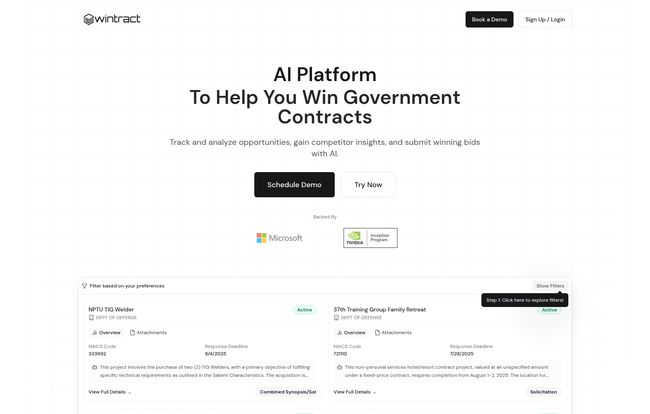
Visit Wintract
The Features That Could Actually Move the Needle
A pretty face is nice, but it's the engine that counts. Wintract seems to be focusing on a few key areas that are massive pain points for anyone in this business.
Finding Gold Without the Sifting Pan
The core of Wintract seems to be its AI-powered search. Instead of you plugging in endless keyword variations and NAICS codes, the platform claims to automatically match opportunities to your company’s capabilities. You tell it what you do, and it brings the relevant contracts to you. This is huge. The amount of time saved by not having to manually scour multiple databases could be phenomenal. It's the difference between wandering around a massive library hoping to stumble upon the right book and having a librarian who knows exactly what you need and brings it right to your table.
Your Own Personal AI Analyst
This is where things get interesting. Wintract doesn’t just find the opportunity; it helps you analyze it. One of its standout features is what they call “AI Analysis.” Got a question about a dense RFP? The idea is you can just ask the AI and get an instant answer. Even more powerful is the competitor and incumbent analysis. Who won this contract last time? What was their bid? What are their strengths and weaknesses? Getting this intel usually involves a lot of digital sleuthing and educated guesswork. Having a tool that compiles this automatically could give you a serious competitive edge. It’s like having a scout who’s already done all the recon for you.
Tackling the Compliance Monster
Ah, compliance. The bane of every proposal manager's existence. Missing one tiny requirement in a complex solicitation can get your entire bid thrown out. Wintract aims to solve this by creating automated requirement checklists and compliance matrices. It scans the document and pulls out all the “shalls” and “musts,” so you can track your compliance point by point. Honestly, this feature alone could be worth its wieght in gold. It's a safety net designed to catch the small details that can sink the biggest ships.
The Good, The Bad, and The Undisclosed
No tool is perfect, and from my analysis, Wintract has some clear strong suits and a few question marks.
On the plus side, the benefits are obvious and compelling. It streamlines the whole messy capture process, finds opportunities much faster than a human can, and provides some frankly awesome competitor insights. The time saved on research is a massive selling point. For a small business development team, this could free up people to focus on what really matters: building relationships and writing a killer proposal, instead of getting bogged down in administrative muck.
However, there are a few things that give me pause. The most glaring one? The complete lack of pricing information on their website. It’s a classic SaaS marketing move: hide the price behind a “Schedule a Demo” button. I get it, they want to get you on a call to show you the value, but as a buyer, I find it frustrating. It often means it's expensive. Another point is that to get the most out of it, you have to feed it your company's data. That's not a huge surprise, but it means there's an onboarding process. And finally, its an AI. As good as AI gets, it’s not infallible. You absolutely still need a sharp human brain to do the final verification and add that strategic, nuanced layer that a machine just can’t replicate. Don't fire your capture manager just yet.
The Great Wintract Pricing Mystery
So, how much does this all cost? Your guess is as good as mine. The website funnels you directly to a demo or a trial, with no pricing page in sight. This could mean a few things. It could be a tiered pricing model based on company size or features used. It could be a custom enterprise-level quote. Or it could just be pricey.
While I dislike this approach, it’s common in the B2B software world, especially for niche, high-value tools. My advice? If you're serious, schedule the demo. Go in with a clear budget in mind and don’t be afraid to walk away if the price doesn't align with the value you anticipate. Just be prepared for a sales pitch.
Who Should Be Giving Wintract a Shot?
Based on its features, Wintract feels tailor-made for a few specific groups. Small to medium-sized businesses that don't have a massive business development department would likely see the most immediate ROI. For them, Wintract could act as a force multiplier. Seasoned capture managers in larger organizations could also benefit, using it to automate the tedious parts of their job and focus on high-level strategy. If you're a company that's constantly trying to navigate the complex world of federal or SLED contracts, this tool is at least worth a look.
Frequently Asked Questions About Wintract
- What is Wintract in simple terms?
- Wintract is an AI software platform that helps businesses find, analyze, and win government contracts by automating research, competitor analysis, and compliance checks.
- How does Wintract find government contracts?
- It aggregates data from major federal, state, and local government procurement websites and then uses AI to match relevant opportunities to your company's specific capabilities, saving you from manual searches.
- Is Wintract better than just using SAM.gov?
- While SAM.gov is the official source, Wintract is designed to be a more intelligent and user-friendly layer on top of it. It adds analysis, competitor insights, and workflow tools that you don't get from the government portal alone.
- Do I still need a human proposal manager if I use Wintract?
- Yes, absolutely. Think of Wintract as a powerful assistant, not a replacement. It handles the data-heavy lifting, but you still need a human expert for strategy, relationship-building, and final decision-making.
- How much does Wintract cost?
- The pricing for Wintract is not publicly available on their website. To get a quote, you need to schedule a demo with their sales team.
- What is SLED contracting?
- SLED stands for State, Local, and Education. It refers to the public sector market outside of the federal government, including contracts from city, county, state, and educational institutions.
Final Thoughts: Is Wintract a GovCon Game-Changer?
So, what's the verdict? I'm cautiously optimistic. The problems Wintract is trying to solve are very, very real. The daily grind of government contracting is exhausting, and any tool that can genuinely reduce that burden is a winner in my book. The feature set—from automated opportunity matching to AI-driven compliance checks—is impressive and hits all the right notes.
The lack of transparent pricing is a bit of a red flag for me, but it's not a deal-breaker. If the tool delivers on even 80% of its promises, the return on investment could be huge. My final take is this: if you’re tired of panning for gold in the digital river of government portals, Wintract might just be the advanced sonar system you need. It’s definitely worth scheduling that demo to see for yourself.
Reference and Sources
- Wintract Official Website: https://www.wintract.ai/
- System for Award Management (Official U.S. Gov Portal): https://sam.gov/
